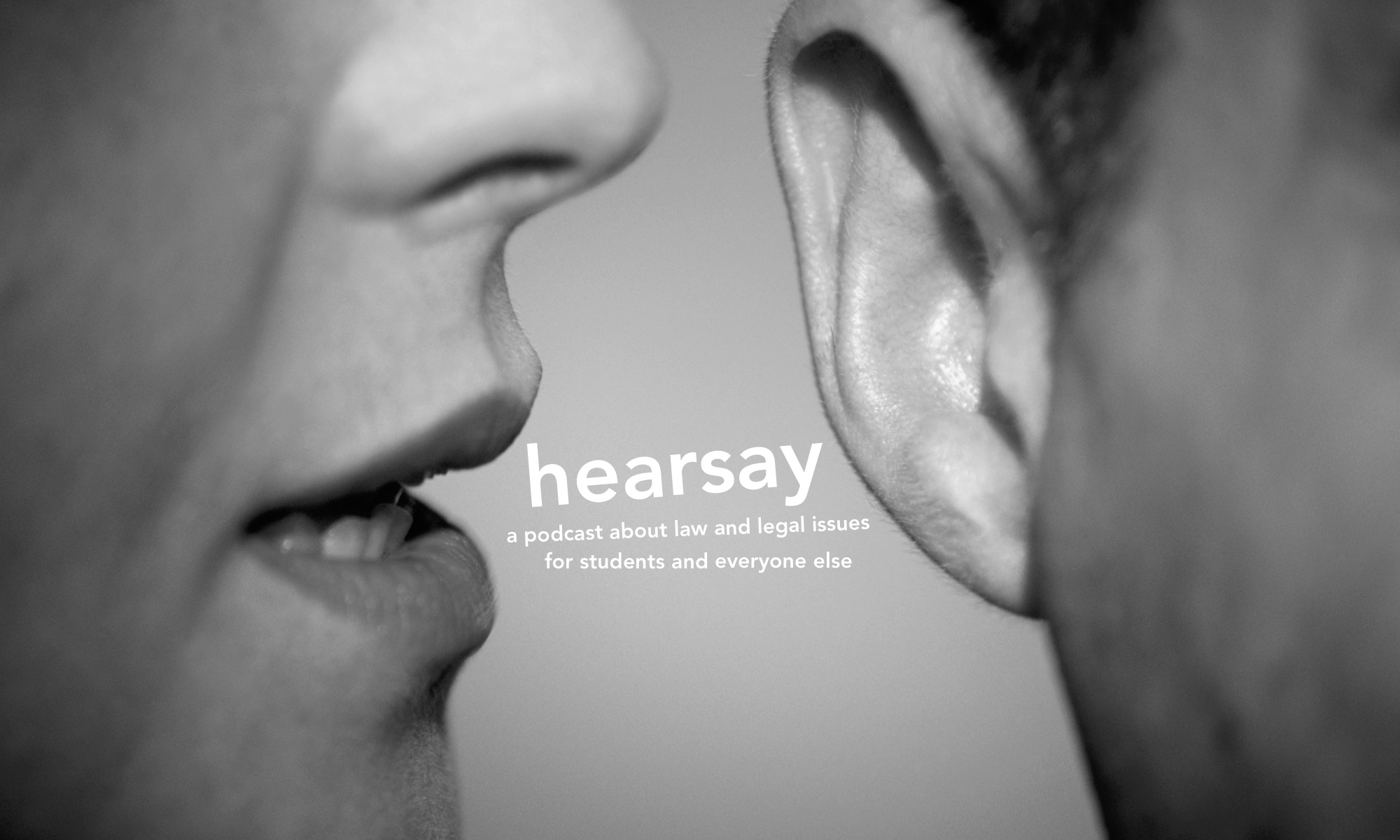The Victorian Civil and Administrative Tribunal (VCAT) was established as a low-cost alternative to the courts for resolving civil disputes, but in recent years its fee increases have been criticised for undermining that mission. In 2013, fees for consumer cases increased from $39 to $132 and the number of applications fell by 15 per cent. Gerard Brody of the Consumer Law Action Centre said, “If the claim is less than a couple of thousand dollars then you might think the fee, together with the time involved with having to go to VCAT, is not worth the effort.”
The Andrews Government conducted a review of the tribunal’s fee structure to ensure its resources were allocated as effectively as possible, taking into account the applicant’s capacity to pay. The result is a new system providing for Concession, Standard and Corporate fee rates, which commenced on 1 July 2016.
At the higher end of the scale, a new Corporate fee rate has been established, which applies to government agencies and companies with a turnover in excess of $200,000 per year. The Victorian Government highlighted that “the corporate fee to challenge the refusal of a planning permit for a development with a value of between $15 million and $50 million will increase from $2,086 to $2,328, while the concession fee to challenge the grant of such a permit will now be $150.”
The Standard rate (for individuals and small businesses) is fixed at 70 per cent of the Corporate rate. For most residential tenancy matters, the Standard fee is $61.50, and there is no fee for bond disputes. The new fee structure also includes a sliding scale based on the value of the claim; for goods and services, the Standard fee ranges from $61.50 for a claim under $3000, to $1571 for a claim over $5 million.
In order to address access to justice for those least able to pay, a new Concession rate of fees has been established. Holders of a federal Health Care Card will be eligible for this category, with no application fee for residential tenancy disputes, or for goods and services claims worth up to $15,000. They will also benefit from a cap of $150 on any fee they are required to pay. The option of applying for a fee waiver in exceptional circumstances will remain.
The review process included public consultation, and the Government appears to have taken into account some of the specific suggestions made by lobby groups on behalf of low-income claimants. For example, both the Victorian Council of Social Services and the Consumer Action Law Centre argued that $10,000 was too low a threshold for small claims — the new fee structure removes application and daily hearing fees for Concession holders for claims up to $15,000. However, their proposals that there should be no fee for claims up to $100,000 (VCOSS) or for any claim regardless of value (CALC) were not accepted.
